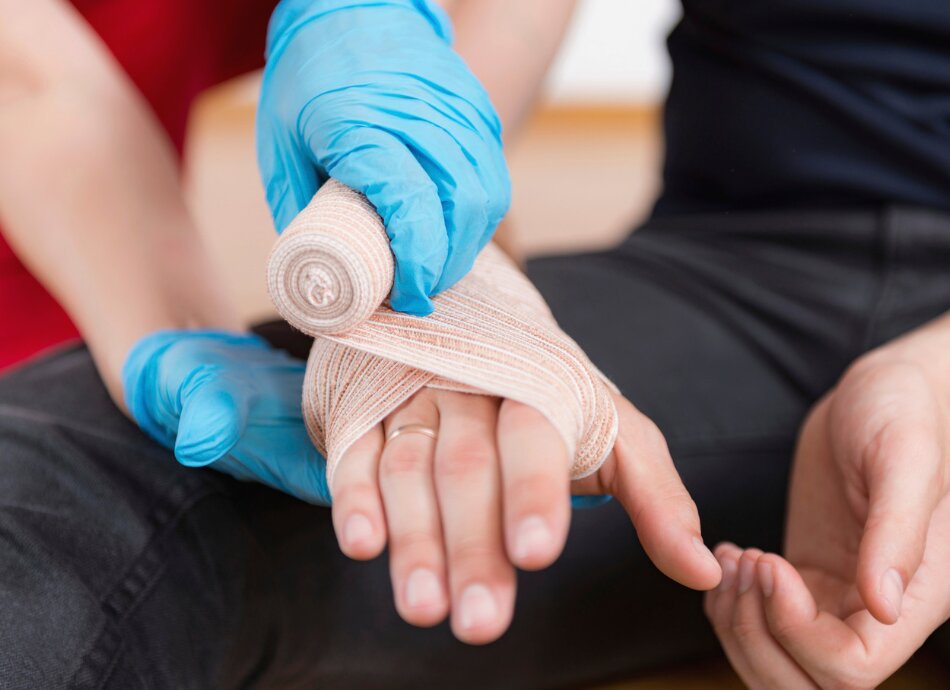Whether you are called on to deal with a serious medical emergency (when you need to call for an ambulance) or to manage a minor injury (eg, a superficial cut, or a small burn) it's useful to know some first aid techniques. Read about some common first aid techniques.
First aid courses
St John and the New Zealand Red Cross offer a range of New Zealand Qualifications Authority (NZQA) approved first aid courses that can help you gain knowledge.
St John
St John's one day level 1 first aid course(external link) covers how to recognise and provide first aid for:
- Bleeding and shock.
- Burns.
- Poisoning.
- Heart attacks and chest pain.
- Strokes.
- Seizures.
- Fractures and dislocations.
- Soft tissues injuries.
- Allergic reactions (anaphylaxis).
- Asthma.
- Diabetes.
It also covers how to recognise and provide basic life support including:
- Scene and hazard management.
- Patient positioning and assessment.
- CPR (adults, children, infants).
- Defibrillator (AED) use.
- Choking (adults, children, infants).
- General care.
The New Zealand Red Cross
The Red Cross has a similar 8 hour essential first aid course(external link) covering the following:
- Primary assessment.
- Stable side positioning.
- Scene management of emergency situations.
- Cardiopulmonary Resuscitation (CPR) – adult, child and infant.
- Use of an Automated External Defibrillator (AED).
- Foreign body airway obstruction (choking) – adult, child and infant.
- Control of life threatening bleeding.
- Bleeding, shock and wound care.
- Fractures, sprains, strains and dislocations.
- Medical conditions – heart attack, angina, asthma, diabetes, seizures, stroke and severe allergies.
- Poisoning.
- Burns – thermal, chemical and electrical.
Apps reviewed by Healthify
You may find it useful to looks at some First aid and emergency apps.






